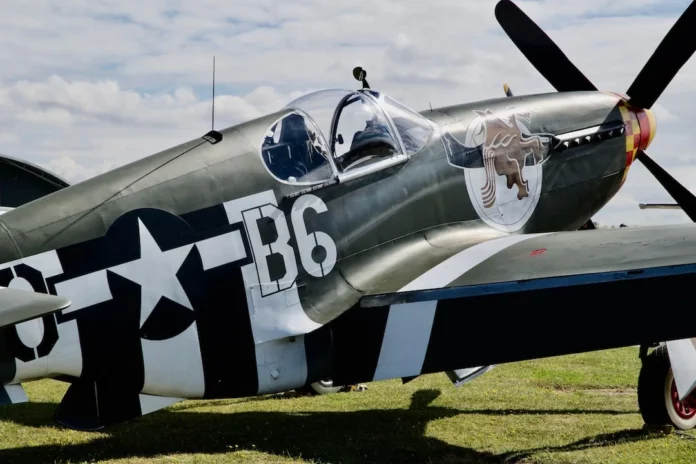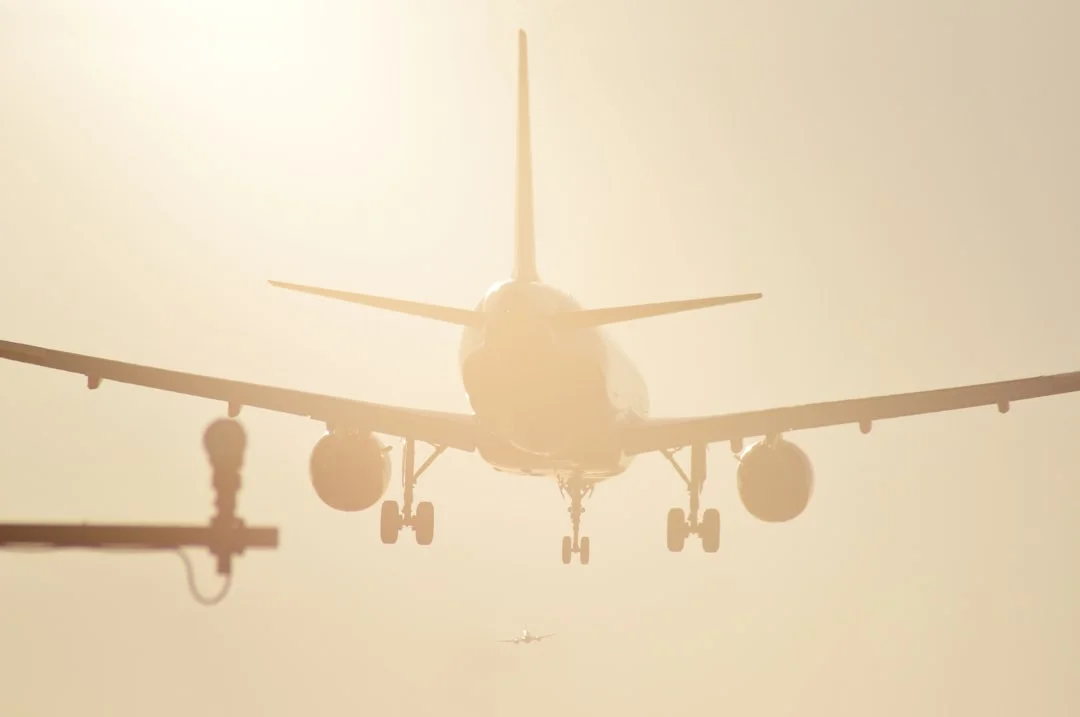The Airbus A330 is a wide-body twin-engine aircraft that is widely used in the aviation industry. It is known for its versatility, efficiency, and excellent performance. One of the key features of the Airbus A330 is its transfer capability, also known as XFR. Transfer refers to the process of transferring fuel between different fuel tanks in the aircraft during flight.
Fuel transfer is an essential function in any aircraft, as it allows for the redistribution of fuel to maintain the aircraft’s center of gravity within safe limits. This ensures optimal performance and stability during all phases of flight. The Airbus A330 is equipped with a sophisticated fuel transfer system that allows for efficient fuel management throughout the duration of a flight.
Contents
The Importance of Transfer on Airbus A330
The transfer function plays a crucial role in the overall efficiency and operation of the Airbus A330. Here are some reasons why transfer is important:
The Center of Gravity
The center of gravity is a key factor in maintaining stability during flight. An aircraft’s center of gravity is the point at which the aircraft would balance if suspended. It is important to ensure that the center of gravity remains within safe limits to prevent any adverse effects on the aircraft’s handling and maneuverability.
The transfer function on the Airbus A330 allows for the redistribution of fuel between different tanks, helping to maintain the center of gravity within safe limits. This ensures that the aircraft remains stable and easy to control throughout the flight. The ability to transfer fuel is particularly important during long-haul flights, where fuel consumption is significant.
Additionally, the transfer function allows for the optimization of fuel usage. By transferring fuel between tanks, the aircraft can ensure that the fuel is used most efficiently, reducing overall fuel consumption. This not only saves costs but also contributes to the aircraft’s environmental sustainability.
In-Flight Monitoring
The transfer function on the Airbus A330 is closely monitored by the flight crew through various systems and indicators. These systems provide real-time information about fuel levels in different tanks and the rate of transfer. This allows the crew to make informed decisions regarding fuel management and ensure that the transfer is occurring as planned.
The monitoring systems also provide alerts and warnings in case of any anomalies or potential issues with the fuel transfer. This enables the flight crew to take immediate action to rectify the situation and ensure the safe operation of the aircraft. The ability to closely monitor the transfer function is crucial for maintaining the overall safety and efficiency of the Airbus A330.
The Fuel Transfer Process on Airbus A330
The fuel transfer process on the Airbus A330 involves several components and systems working together to ensure efficient fuel management. Here is an overview of the process:
Fuel Transfer System
The Airbus A330 is equipped with a fuel transfer system that consists of pumps, valves, sensors, and control units. The system allows for the transfer of fuel between different tanks, including the center tank, main tanks, and auxiliary tanks. The transfer system is controlled by the flight crew and can be operated manually or automatically.
The transfer system is designed to optimize the fuel distribution within the aircraft to maintain the center of gravity within safe limits. It also ensures that the fuel is used efficiently, reducing overall fuel consumption. The system continuously monitors the fuel levels and transfers fuel as necessary to maintain the desired balance.
Transfer Procedures
The transfer procedures on the Airbus A330 are defined by the aircraft manufacturer and are an integral part of the standard operating procedures for the flight crew. The procedures outline the necessary steps for transferring fuel between tanks and ensure that the transfer is conducted safely and efficiently.
The transfer procedures take into account factors such as the aircraft’s weight, center of gravity limits, and fuel consumption rates. The flight crew follows these procedures to determine when and how much fuel needs to be transferred and adjusts the transfer rate accordingly. The procedures also include instructions for monitoring the transfer process and taking appropriate actions in case of any issues or abnormal conditions.
Conclusion
Transfer, also known as XFR, is an important function on the Airbus A330. The ability to transfer fuel between different tanks allows for efficient fuel management, optimal performance, and stable flight. It ensures that the center of gravity remains within safe limits and allows for the optimization of fuel usage.
The transfer function is closely monitored by the flight crew through various systems and indicators, ensuring that the transfer is occurring as planned and taking immediate action in case of any issues. The fuel transfer process on the Airbus A330 involves a sophisticated fuel transfer system and well-defined procedures that are followed by the flight crew.
Overall, the transfer capability of the Airbus A330 contributes to its reputation as a versatile and efficient aircraft in the aviation industry.
For More: What is APPU on Airbus A330? (Asymmetry Position Pick Off Units)




